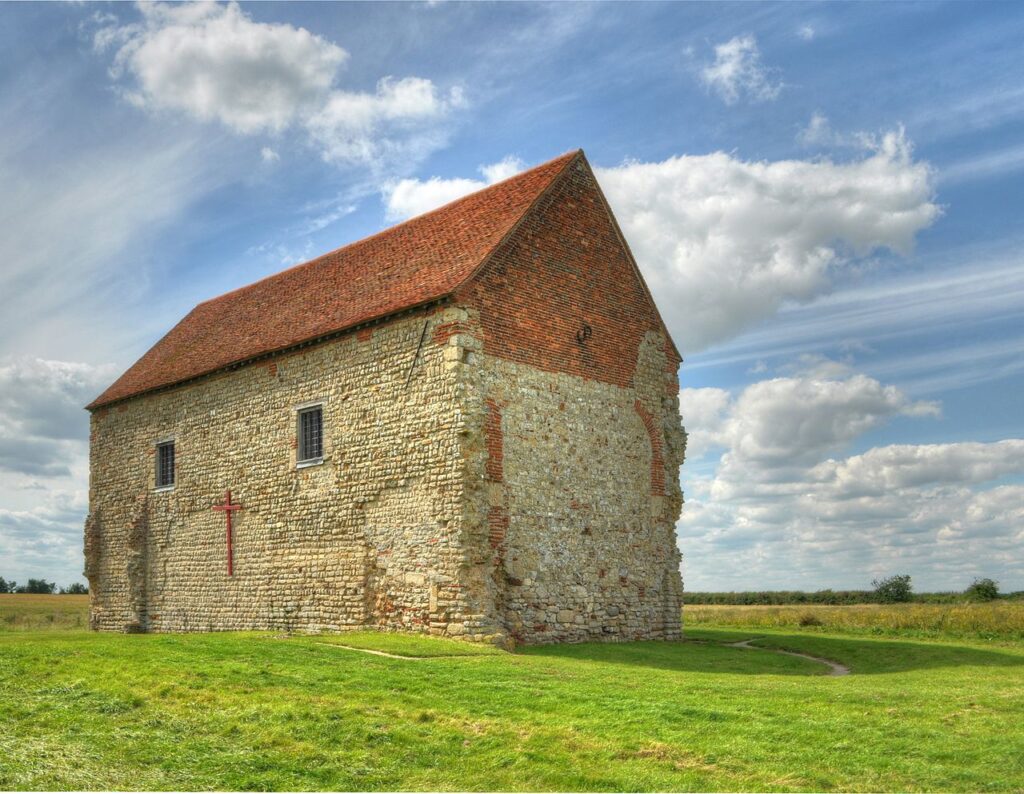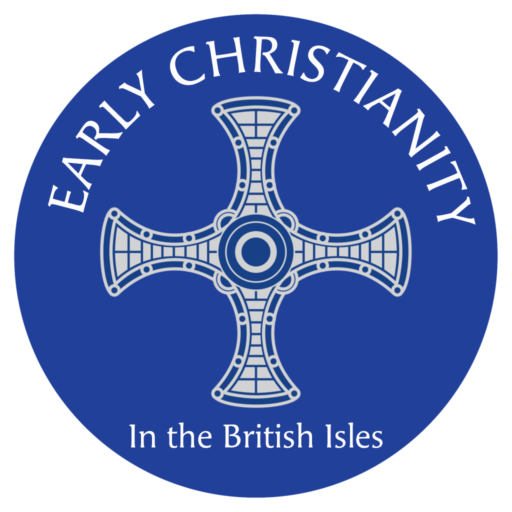St Peter on the Wall

St. Peter-on-the-Wall Church is one of England’s oldest and most historically significant churches, located on the remote Bradwell-on-Sea peninsula in Essex. Constructed around 654 AD by St. Cedd, a Northumbrian monk and missionary, the church stands as a testament to early Christianity in Britain. St. Cedd established the church as part of a monastic community after being sent by King Oswiu of Northumbria to evangelize the East Saxons.
Architecturally, St. Peter-on-the-Wall is a simple yet striking example of Anglo-Saxon construction. The building is rectangular, with thick walls made from Roman bricks and stone, materials believed to have been repurposed from the nearby Roman fort of Othona. The use of Roman materials and the building’s position on the site of an earlier Roman structure highlight the church’s connection to the region’s ancient past.
The church’s name, “on-the-Wall,” refers to its location on the remnants of the Roman fort’s wall, symbolizing the continuity of spiritual life from the Roman to the Christian era in Britain. The structure itself has undergone several restorations, especially in the 19th and 20th centuries, but it retains its original, austere character.
St. Peter-on-the-Wall ceased to function as a regular parish church by the Middle Ages, falling into disuse. However, it was restored in the 1920s and has since been used by various Christian denominations. Today, it is an ecumenical chapel and a place of pilgrimage, drawing visitors for its spiritual significance and serene atmosphere. The church’s remote location, surrounded by marshland and open skies, adds to its aura of timelessness, making it a poignant symbol of the endurance of faith through centuries of change.
